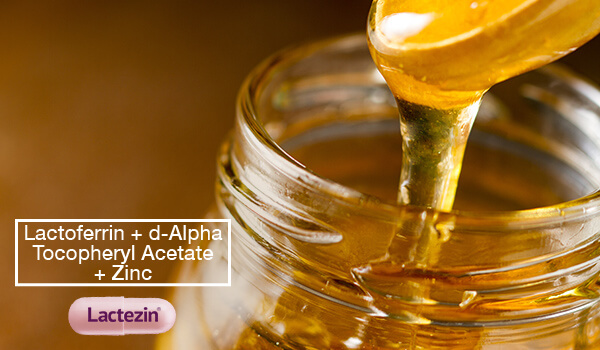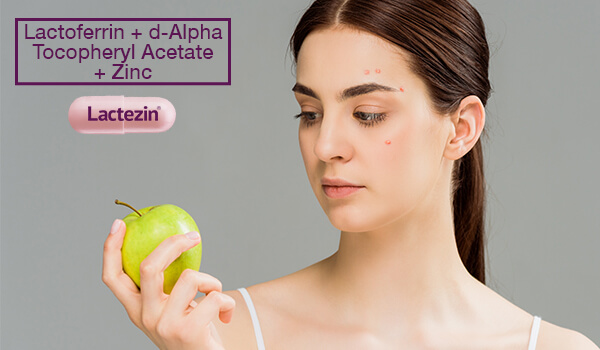These Tools Could Be Making Your Whiteheads Worse

Persistent and stubborn are just some choice words you can use to describe whiteheads that just won’t go away. You may have tried all kinds of remedies for whiteheads but consider this: what if these treatments are actually making things worse instead of better?
Here, we go back to the basics of whiteheads and go over the different whitehead solutions to see how they really work.
What are whiteheads?
Blackheads and whiteheads often get interchanged, for the simple reason that not everyone knows the difference. However, whiteheads spell a lot of difference, compared to blackheads.
Both whiteheads and blackheads fall under the category of comedones, or non-inflammatory acne. Blackheads and whiteheads appear when pores get blocked by dead skin cells and excess sebum production. Whiteheads are the result of pores that remain closed at the surface but are still blocked by excess sebum and dead skin cells. When these partially closed pores that are open to the surface are affected by oxidation, they turn black in appearance, which in turn gives blackheads their distinctive name and color.
Whiteheads also often get mistaken for milia, which are small, white bumps that normally appear on the nose and cheeks. Click the link to learn more about the difference between whiteheads and milia.
Remedies for whiteheads: are they making it worse?
There is no shortage of treatments and solutions for whiteheads out in the market but not all of them are created equal. While each method has its merits, each also has its downside. It’s time to learn about the different whitehead removal solutions to see how they work– and how they can possibly make things worse if done incorrectly:
Squeezing
We know it can be incredibly satisfying to just pinch and squeeze everything out but there’s a reason why skin experts keep warning us to keep our hands off our faces. Touching your face not only invites more pore-clogging dirt, oil, and bacteria, but it can also cause irritation to the skin.
Picking whiteheads and blemishes in general simply doesn’t work, and it may do more harm than good. On some occasions, it may even lead to irritation and permanent scarring. You are much better off exploring other removal and preventive measures.
Homemade remedies
A quick online search will show you many homemade DIY whitehead remedies using ingredients you have in your pantry or at least ones you can have easy access to. These DIY solutions are easily the most affordable options, but while these ingredients are certainly beneficial on their own, they may also irritate or damage your skin if not used correctly.
For example, apple cider vinegar and lemon juice have antibacterial properties but both may be too acidic for sensitive skin. Baking soda, another common ingredient in homemade spa treatments, can overdry the skin because it is too harsh. Sugar crystals, which are used in these remedies to exfoliate the skin, may worsen inflammation and even cause microtears on the skin.
Peel-off masks and pore strips
These viral peel-off mask and pore strips you may have seen on beauty vlogs claim to help purify the skin. Peel-off masks start off as goopy solutions applied on the face and you wait for them to dry for up to 10 to 15 minutes. Once the mask dries, you pull them off from the bottom up, with your whiteheads sticking to the rubbery mask. Pore strips, which are strips that are applied to the nose, chin, or forehead, work in a similar way.
However, the “whiteheads” that stick to the mask and strips aren’t whiteheads at all but sebaceous filaments, which actually protect the skin against harmful bacteria. So while it’s satisfying to see what ends up on your product, you’re actually removing cells from the skin’s outer layer and the natural oils that protect your skin from harmful microorganisms.
Thankfully, your skin will replace the lost oil and sebaceous filaments after 30 days in order to heal itself. But during this healing period, the skin will be a little more vulnerable, so you may want to switch to a gentle cleanser and add a hydrating, antioxidant-rich product to help the repair process along.
Comedone extractors
Another whitehead tool you may be familiar with, a comedone extractor is a small metal tool with a loop at one end. The looped end is placed around the comedo with a firm but gentle pressure. This forces out the fluids and filaments of the comedone without injuring the surrounding skin.
A comedone extractor is simple to use but with any other extraction methods, there are rules and preparation that you need to understand to be able to perform it correctly and safely. For one, your extractor and your face should be clean before you proceed to avoid any bacterial infections.
Oral medication
Medications with Lactoferrin + d-Alpha Tocopheryl Acetate + Zinc can help alleviate the woes of oily skin, including whiteheads. These 3 ingredients have oil-regulating properties that can help fight pimple-causing bacteria, lessen pimples, and improve skin appearance with regular intake. It’s important to take the medication correctly to see optimal results.
Lactoferrin + d-Alpha Tocopheryl Acetate + Zinc is the generic name of Lactezin. If symptoms persist, consult your doctor.
To learn more about whiteheads, click here.
SOURCES:
https://www.healthline.com/health/whitehead
https://www.healthline.com/health/beauty-skin-care/whiteheads-on-nose
https://www.self.com/story/how-do-pore-strips-work
http://www.acnesupport.org.uk/treatment/comedone-extraction/


